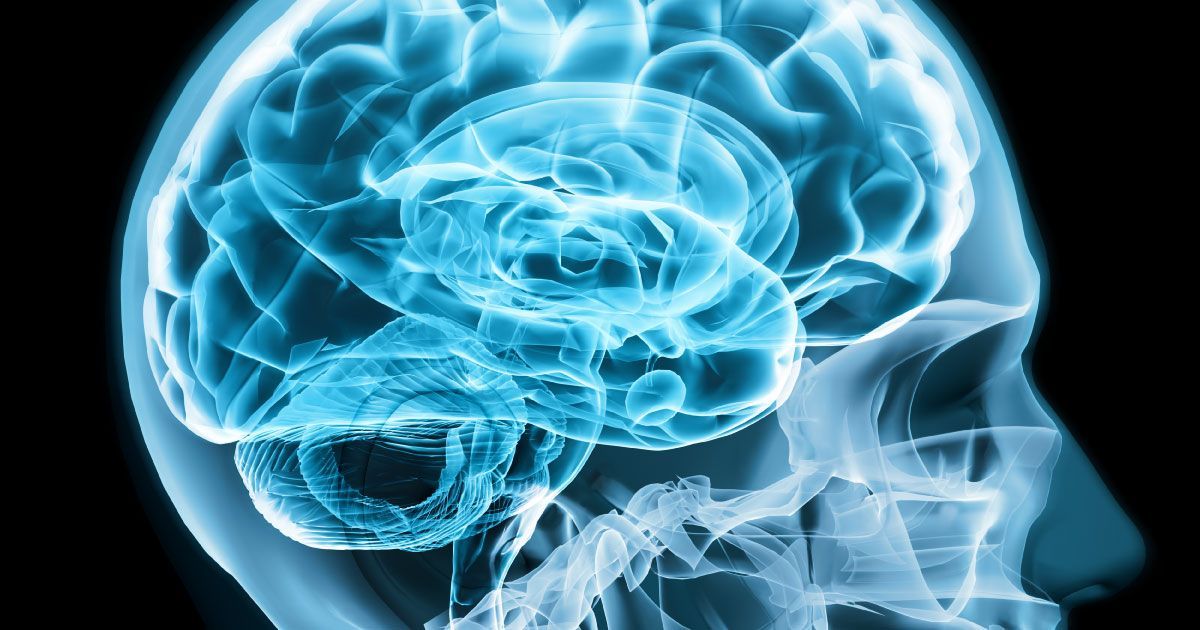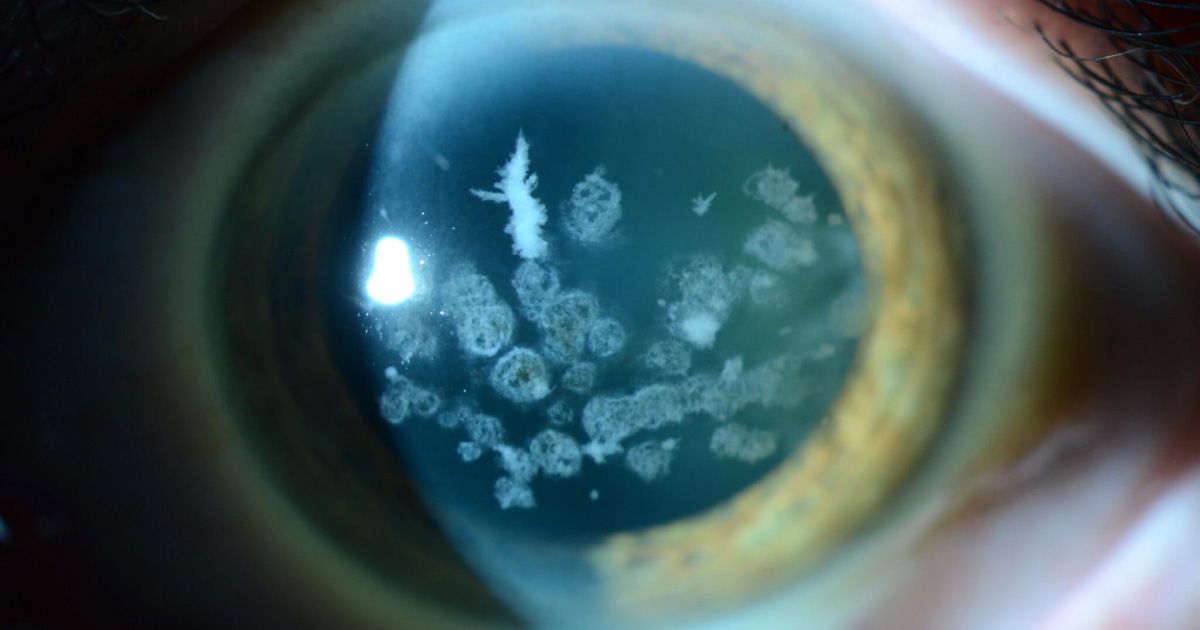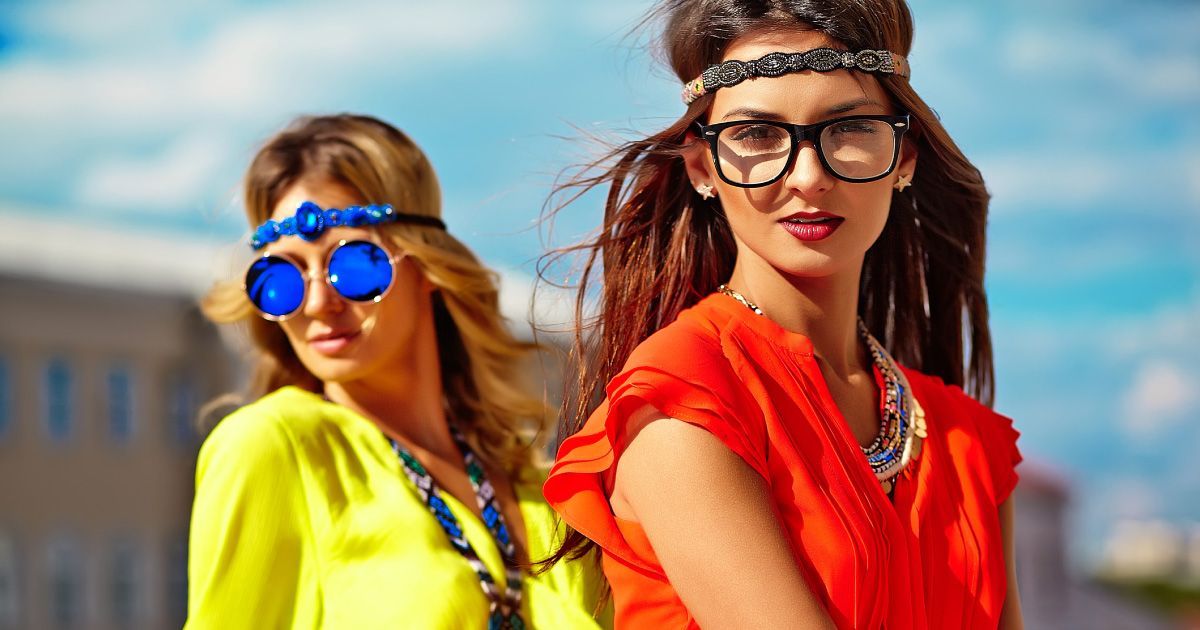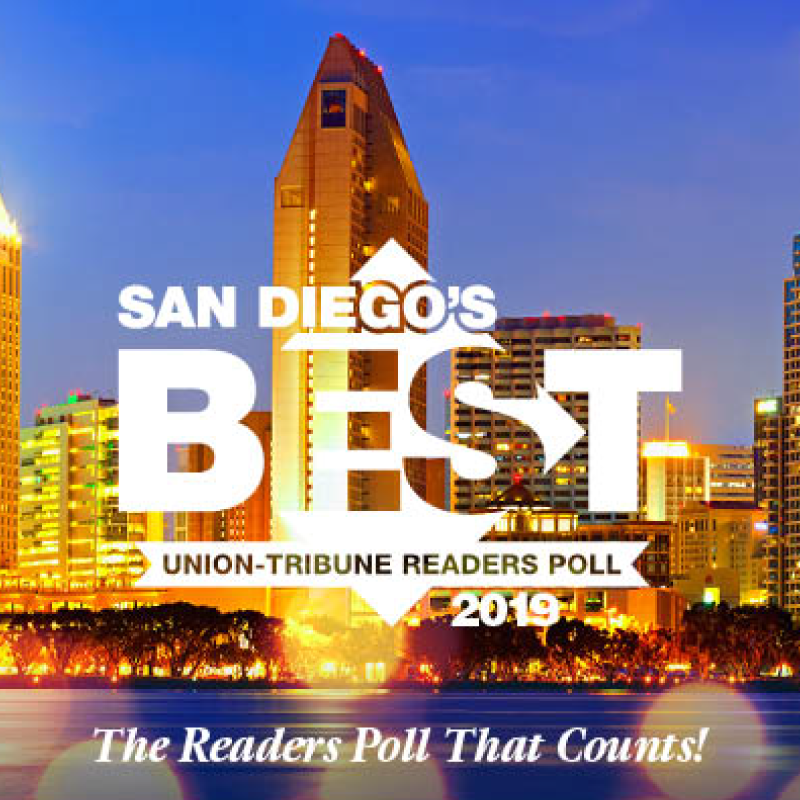The Secrets of Sight: How the Brain Understands What We See

Read time: 5 minutes
Human vision is incredibly sensitive. In total darkness, the human eye can detect just five tiny particles of light, called photons. This is possible because of special light-sensitive cells in the retina at the back of the eye.
In the 1870s, a scientist named Franz Boll discovered a molecule in the eye called rhodopsin. This molecule helps turn light into signals that the brain can understand. In the 1940s, Selig Hecht found that people could still see in extremely dim light, which proved how sensitive our eyes really are.
Then in 1979, another scientist, Denis Baylor, recorded how single photons triggered responses in the eye’s rod cells—the cells that help us see in low light. These discoveries helped scientists understand how vision works and how certain eye diseases - like retinitis pigmentosa, which causes vision loss - develop.
To learn more about the connection between the eyes and brain, check out how the eyes and brain work together.
How the Brain Processes Images
In the 1950s and 60s, scientists David Hubel and Torsten Wiesel discovered how the brain starts to understand what we see. They found that certain brain cells respond to lines and edges in specific directions. This showed that the brain doesn’t just receive an image - it also analyzes the parts that make it up. Their research earned them a Nobel Prize.
Other researchers found that the brain has two main pathways for processing visual information:
- The ventral stream helps us recognize objects, colors, and faces.
- The dorsal stream helps us understand where things are and how to move around them.
In the 1970s, scientists also discovered that the brain has special areas that respond mainly to faces. Later, in 1997, Nancy Kanwisher used brain scans to find a part of the brain called the fusiform face area, which is especially active when people look at faces.
At Urban Optiks, we understand how important it is to see clearly and comfortably in every moment - whether you're recognizing a face from across the room or reading fine print. We’re here to help you protect the visual systems you rely on every day.
The Brain Works as a Team
Today, scientists see the visual system as a team of brain areas working together. Instead of one path, vision involves a network that sends messages in different ways:
- Targeted signals go to specific brain areas to help build a detailed picture.
- Broadcast signals spread out to help the brain stay coordinated and focused.
Another part of the brain called the thalamus helps control how vision works based on what we’re doing. When you’re awake and calm, the thalamus boosts motion signals. But if you're asleep or under anesthesia, this boost doesn’t happen.
These systems help the brain stay flexible and adjust to changing environments, which is why even mild problems in how the eye or brain processes signals can lead to blurred or distorted vision. Learn more about what causes blurred vision - and when to take it seriously.
Need clarity? Our expert team can evaluate your vision and help fine-tune your prescription for the sharpest possible results - because how you see affects how you live.
The Brain Can Predict What You’ll See
The brain doesn’t just react to the world - it predicts what’s coming next. For example, if you’re watching a ball move, your brain tries to guess where it will go. It does this with waves of activity that move across the brain in patterns that match what you're seeing.
Researchers at MIT also found that parts of the brain responsible for vision don’t just see simple things like light and color. They also understand texture, depth, and shape, helping us see the world more clearly and in 3D.
Urban Optiks offers advanced imaging technology that allows us to look deeper into your eye health - so we can catch subtle changes before they affect how you see.
New Discoveries and Future Treatments
Vision research is leading to exciting new tools and therapies:
- Gene Therapy: Scientists are using tools like CRISPR to fix genes that cause inherited blindness. Some early tests show promise in reversing these conditions.
- Artificial Intelligence (AI): AI helps scientists understand how the brain recognizes faces and other objects. This can improve visual prosthetics and face recognition software.
- Using Other Senses: People who are blind often use hearing or touch to replace vision. Studies show the brain can adapt and use "visual" areas for other senses, which helps in designing sensory tools for blind individuals.
- Attention and Focus: Researchers are studying how the brain focuses on certain things and ignores others. This could help create smarter computer vision systems and better tools for people with attention problems.
The Takeaway
Even with all these discoveries, scientists are still trying to answer big questions. How does the brain use feedback to fine-tune what we see? Can we use brain waves to improve vision in computers or people with eye disorders?
Learning how vision works also helps us understand how to treat vision problems in children, like lazy eye (amblyopia), or how sensory issues appear in conditions like autism.
That’s why regular checkups are important - even if you think your vision is fine. A simple eye exam can detect problems early, keeping your brain and eyes working together smoothly. Read more about the importance of routine eye exams for eye health.
As researchers delve deeper into the brain's dynamic networks, we are reminded that the cortex isn’t a static processor - it’s a living network, constantly rewriting its rules. This journey of discovery not only deepens our understanding of vision but also inspires new technologies and treatments that will shape the future of sight.
Share this blog post on social or with a friend:
The information provided in this article is intended for general knowledge and educational purposes only and should not be construed as medical advice. It is strongly recommended to consult with an eye care professional for personalized recommendations and guidance regarding your individual needs and eye health concerns.
All of Urban Optiks Optometry's blog posts and articles contain information carefully curated from openly sourced materials available in the public domain. We strive to ensure the accuracy and relevance of the information provided. For a comprehensive understanding of our practices and to read our full disclosure statement, please click here.


















